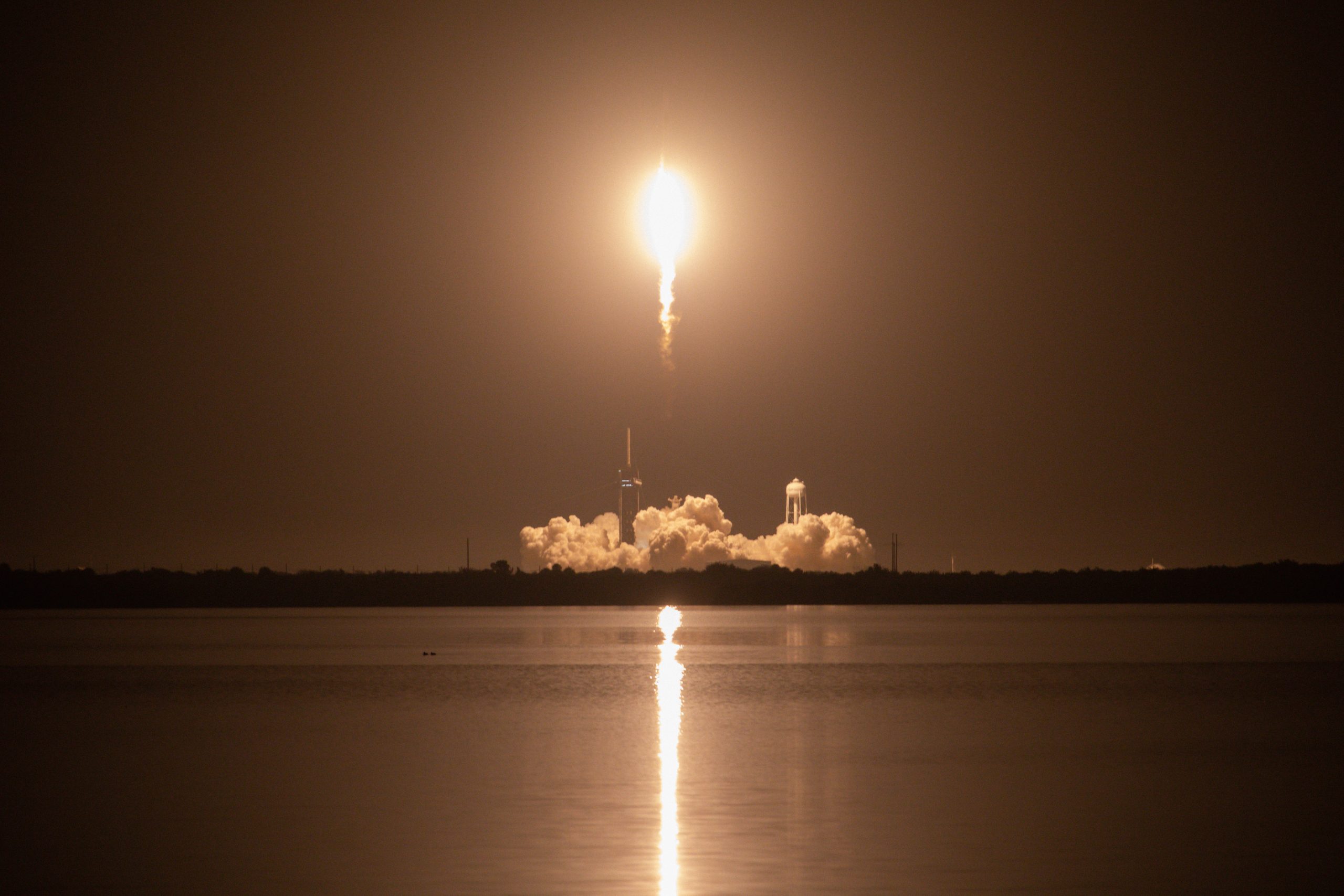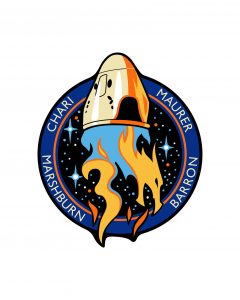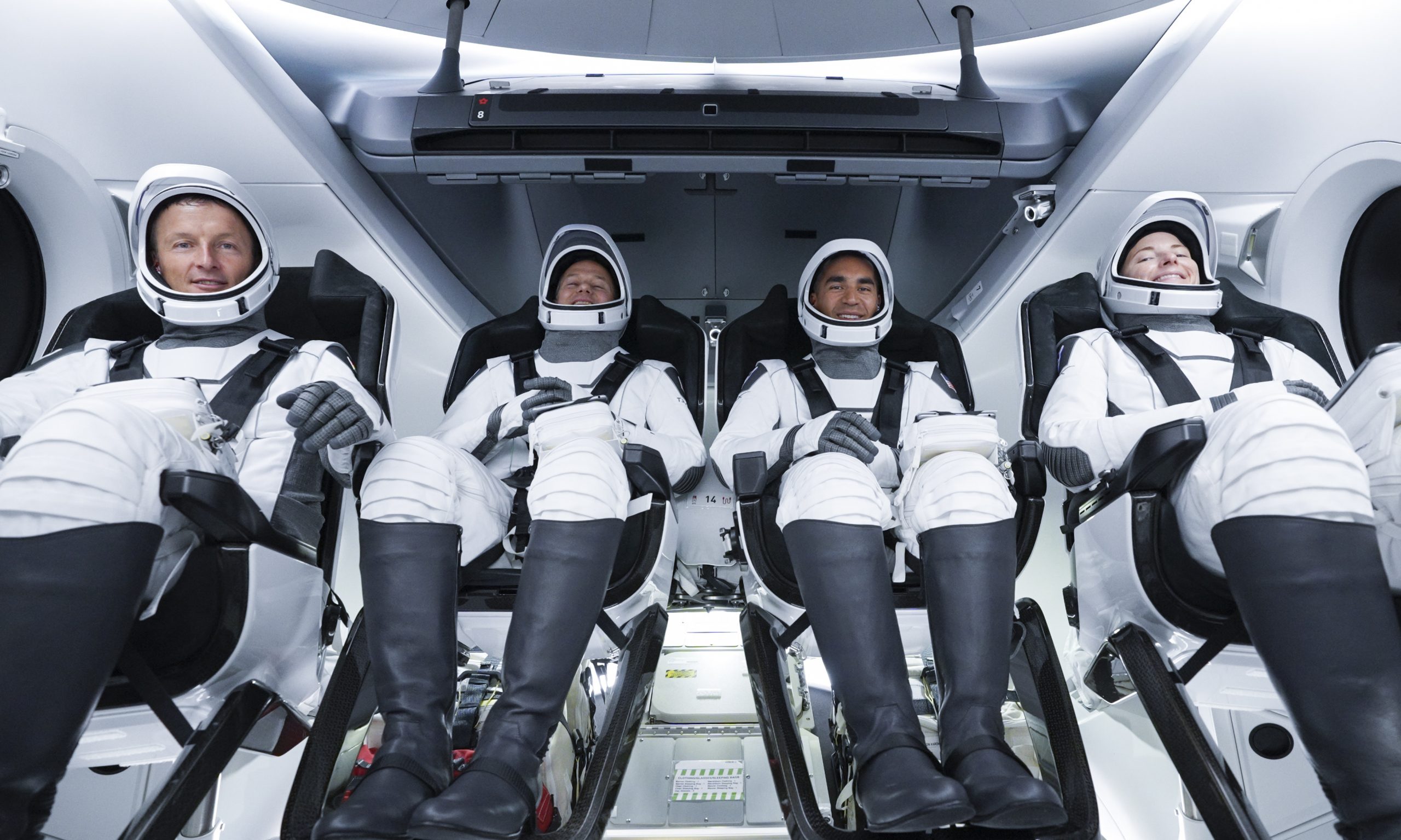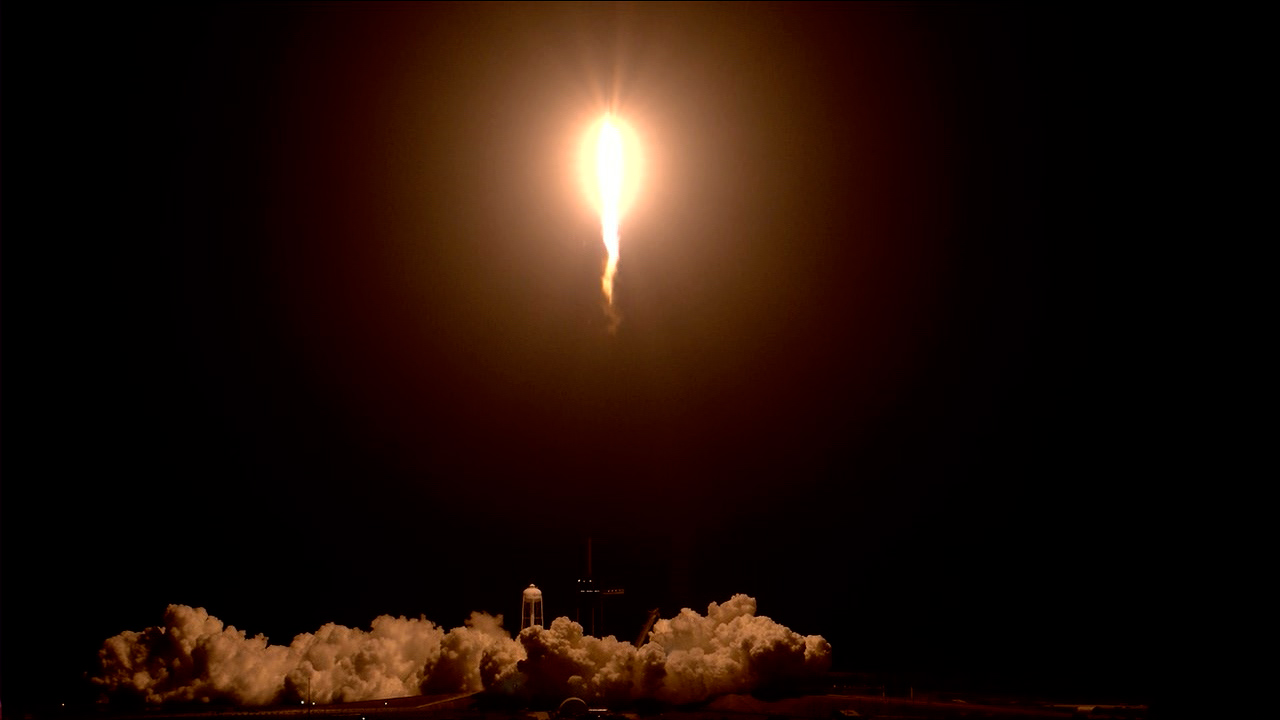On Feb. 10, a Cygnus spacecraft carried a fresh supply of 8,300 pounds of scientific investigations and cargo to the orbiting laboratory.
Three NASA astronauts, Mark Vande Hei, Thomas Marshburn, and Kayla Barron, along with ESA (European Space Agency) astronaut Matthias Maurer spent time last week unpacking research samples stowed in science freezers aboard the U.S. Cygnus space freighter. The quartet then loaded the frozen samples into research racks throughout the space station. Some of the new science samples delivered on Monday include skin cells and cancer cells being studied in the microgravity environment to improve human health on Earth and in space.
Two new biology experiments were also delivered by Cygnus. NASA Flight Engineer Thomas Marshburn set up the Microgravity Science Glovebox and began exploring the cellular and molecular alterations taking place in samples of skin cells. NASA Flight Engineer Mark Vande Hei is observing tumor cells in the Life Science Glovebox to better understand the onset and progression of cancer. Both investigations have the potential to inform space research techniques and improve therapies on Earth.
Astronauts Raja Chari of NASA and Matthias Maurer of ESA (European Space Agency) worked throughout Wednesday continuing to offload the 8,300 pounds of cargo delivered Monday inside Cygnus. NASA Flight Engineer Kayla Barron deactivated space botany hardware then photographed cotton cell samples being harvested for the Plant Habitat-05 space agriculture study.

The crew is also revving up for a pair of spacewalks in mid-March to continue modifying the orbiting lab’s power systems. Maurer and NASA Flight Engineer Thomas Marshburn worked on U.S. spacesuit jet packs that an astronaut could use to maneuver to safety in the unlikely event of becoming untethered from the station. Marshburn also reviewed plans to assist spacewalkers from inside the space station including suit up procedures, hardware checks and a communications gear overview.




 “What a beautiful evening for a launch. It was another great experience seeing those four guys take off into space on top of that Falcon 9 on that Dragon,” said NASA Associate Administrator Bob Cabana. “It is a huge challenge to safely get humans to and from low-Earth orbit, and the partnerships that we have with our international partners and our commercial crew partners has enabled this space economy that we have right now. What a great time to be part of America’s space program.”
“What a beautiful evening for a launch. It was another great experience seeing those four guys take off into space on top of that Falcon 9 on that Dragon,” said NASA Associate Administrator Bob Cabana. “It is a huge challenge to safely get humans to and from low-Earth orbit, and the partnerships that we have with our international partners and our commercial crew partners has enabled this space economy that we have right now. What a great time to be part of America’s space program.”



